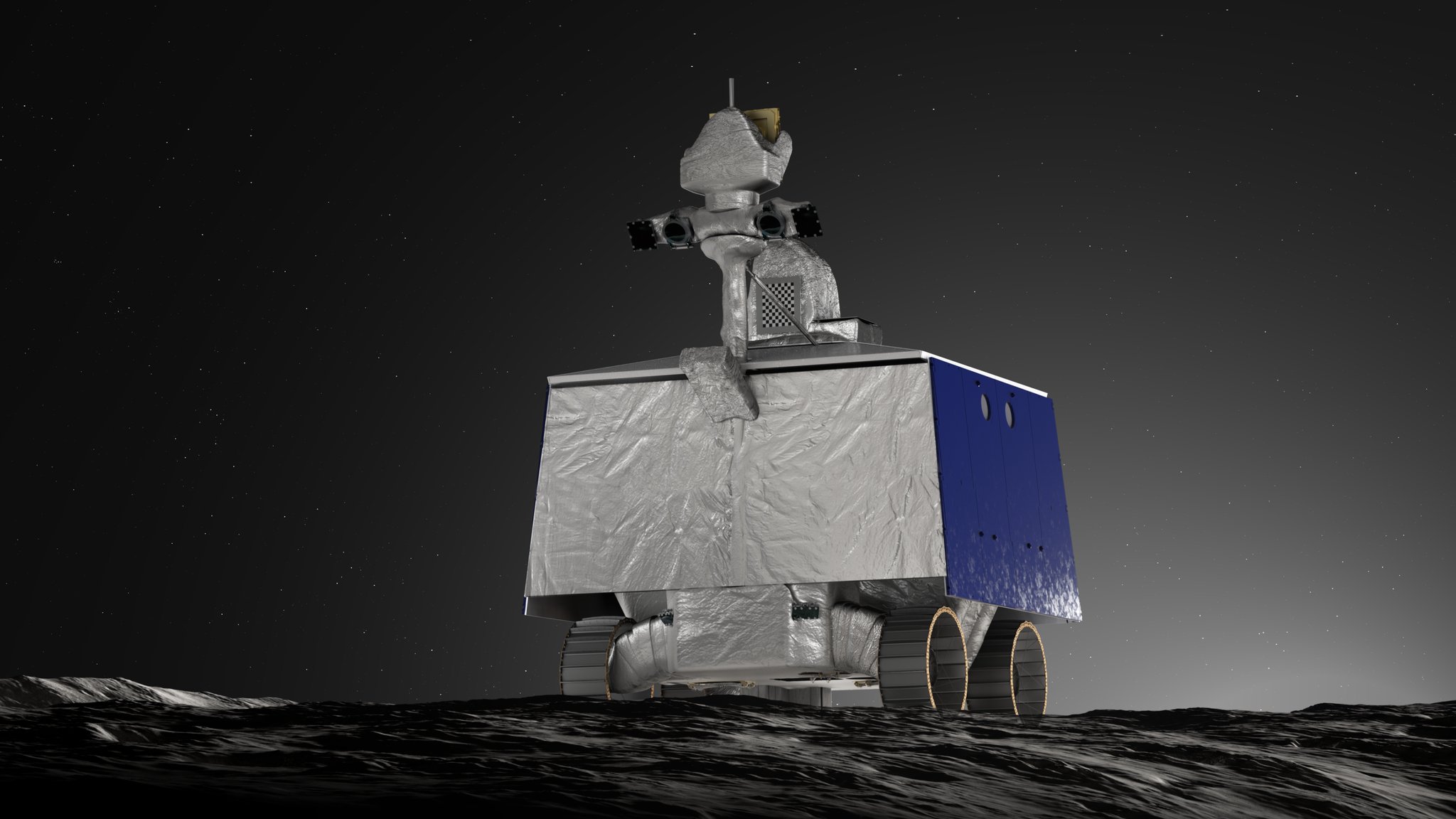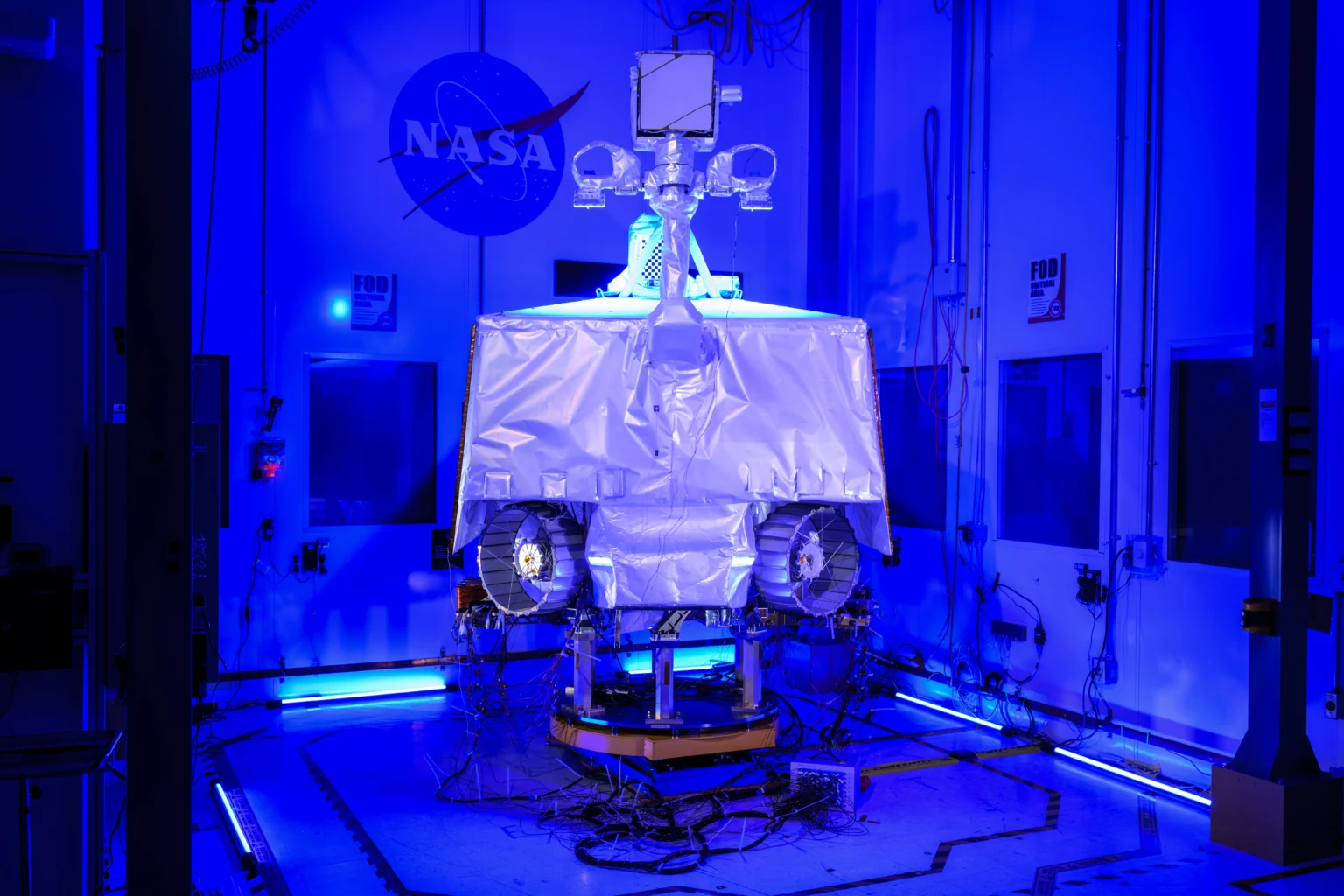NASA spent $450 million to develop the VIPER lunar rover, but decided to stop the project due to rising costs and risks to other missions. The agency has announced that it is ready to transfer the project to other companies or organizations that can complete it and use it for scientific missions on the Moon.

NASA has contacted U.S. companies and international partners, and has already received several proposals. The agency issued a Request for Information (RFI) to interest potential partners. RFI is not a request for proposal, but is being used to obtain information on partnerships that can help complete VIPER’s science missions. NASA has no intention of cooperating with those who plan to disassemble the lunar rover into components for use in other space missions.
The space agency hopes that VIPER’s new owner will be able to realize its mission on the Moon, the purpose for which it was designed. NASA stressed that it wanted to use already developed technology and knowledge as much as possible without disrupting future lunar programs.

Closing the project will save NASA at least $84 million. The agency wants to avoid further cost increases and noted that any partnership with a new owner should occur at little or no cost to the government.
However, the decision to phase out VIPER provoked criticism from scientists. Thousands of scientists signed an open letter to Congress condemning the decision. Ben Fernando of Johns Hopkins University, one of the signatories, said a team of 500 people spent years building the lunar rover, and now the project was being canceled for no clear reason. He also expressed doubts about the seriousness of proposals from potential partners to take over the project, which would put the future of space exploration in jeopardy.
We previously reported on how NASA’s lunar rover was supposed to send everyone’s names to the Earth’s moon.
According to techspot.com


